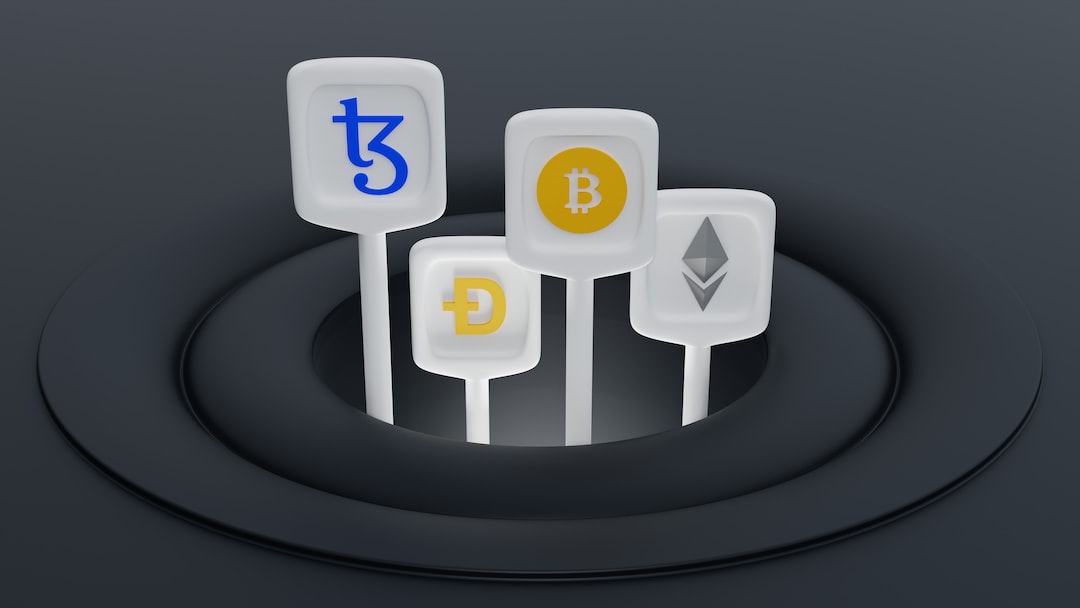The importance of decentralization in file sharing
Decentralized file sharing allows for the distribution and access of data without relying on a centralized server. Instead, files are stored on a network of interconnected nodes, often using peer-to-peer (P2P) technology. This approach has revolutionized the way users store and access digital content, providing a more robust and secure system compared to traditional centralized file-sharing methods.
Key components of decentralized file sharing
Decentralized file sharing relies on several key components. P2P networks enable direct user interactions without the need for a central server, ensuring a resilient system where participants can directly share files. Blockchain technology ensures integrity and trust by providing transparent and secure record-keeping. Decentralized storage systems distribute files across nodes, enhancing availability and reliability. Cryptographic methods protect data privacy and integrity through end-to-end encryption.
How does decentralized file sharing work?
Peer discovery
Participants in a decentralized file-sharing network discover each other through distributed hash tables (DHTs) or decentralized protocols, creating a network without a central authority.
File distribution
A file is divided into smaller parts and dispersed among network peers, improving accessibility and reliability.
Dispersed storage
Files are distributed across nodes in decentralized storage systems, reducing reliance on a single server.
Peer interaction
Peers directly request and share file portions with each other, eliminating the need for a central server.
Blockchain and smart contracts
Blockchain technology enhances security and transparency in decentralized file-sharing systems. Smart contracts automate tasks like access control and file verification.
Advantages of decentralized file sharing
Decentralized file sharing offers several benefits. It improves reliability and resilience by removing a single point of failure. It enhances security and privacy through cryptographic techniques like end-to-end encryption. It allows for better scalability as the network expands. It promotes resistance against censorship by eliminating a central authority. It encourages resource sharing through incentive mechanisms, creating a cooperative environment.
Challenges and limitations of decentralized file sharing
Scalability issues may arise as the network grows, impacting user experience. Maintaining consistency and coordination without a central authority can be challenging. Complex interfaces and user acceptance pose difficulties for newcomers to decentralized platforms. Security vulnerabilities need continuous development to protect against attacks. Regulatory uncertainty surrounding cryptocurrency and decentralized technology may impact adoption.
The future landscape of decentralized file sharing
Decentralized file sharing is expected to create a more inclusive, secure, and productive environment. Distributed ledger and blockchain technology will ensure transparent transactions and facilitate file sharing without intermediaries. Decentralized protocols will enable direct data transmission between users, reducing latency. Strong encryption techniques will address privacy concerns. Tokenization may encourage resource sharing, fostering a collaborative ecosystem. As decentralization gains momentum, innovative file-sharing services will emerge, transforming the digital landscape.
Hot Take: The Growing Significance of Decentralized File Sharing
Decentralized file sharing has revolutionized the way we access and store digital content, offering a more secure and resilient system compared to centralized alternatives. By distributing files across interconnected nodes, relying on P2P networks, blockchain technology, decentralized storage systems, and cryptographic methods, users can enjoy enhanced reliability, privacy, scalability, resistance against censorship, and collaborative environments. However, challenges such as scalability issues, coordination difficulties, complex interfaces, security vulnerabilities, and regulatory uncertainties need to be addressed for wider adoption. Nevertheless, the future of decentralized file sharing looks promising, with advancements in distributed ledger technology, encryption techniques, and tokenization shaping a more inclusive and democratic digital landscape.





 By
By
 By
By
 By
By
 By
By
 By
By
 By
By